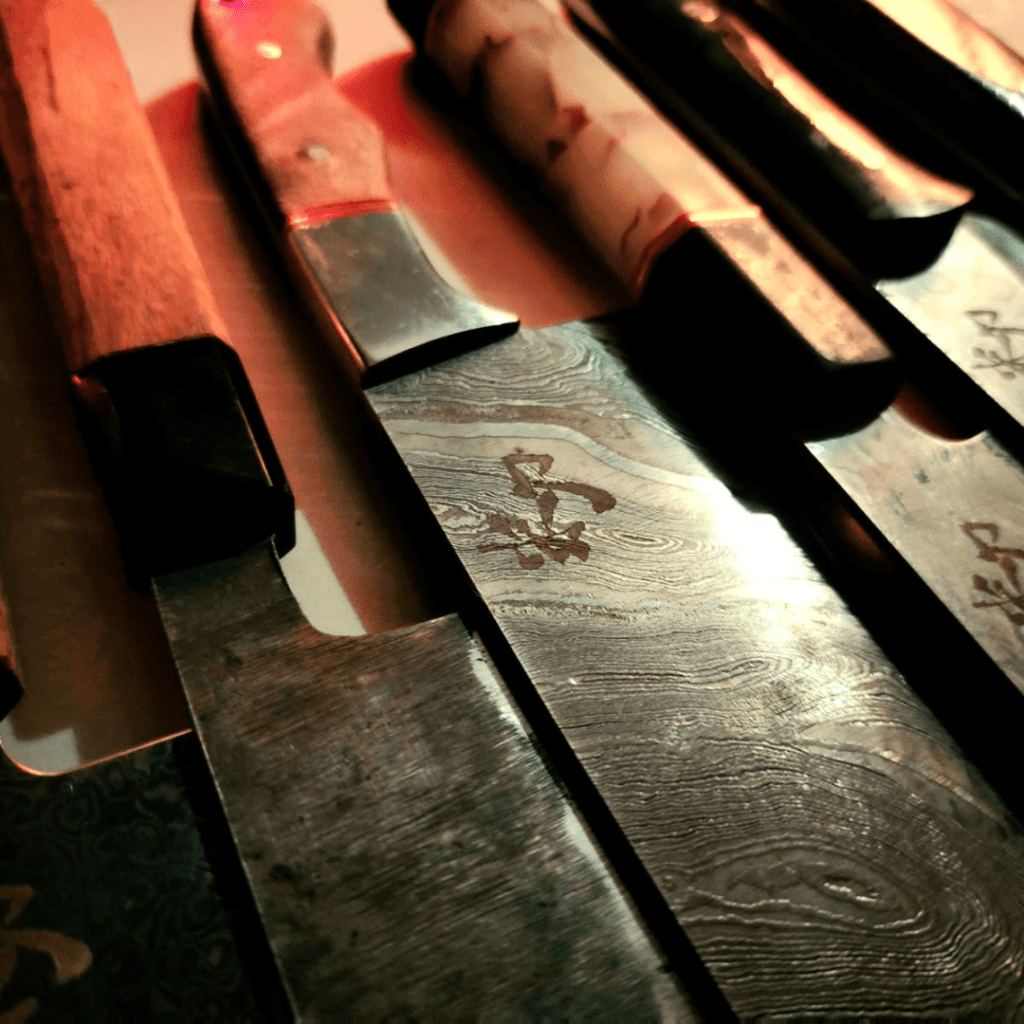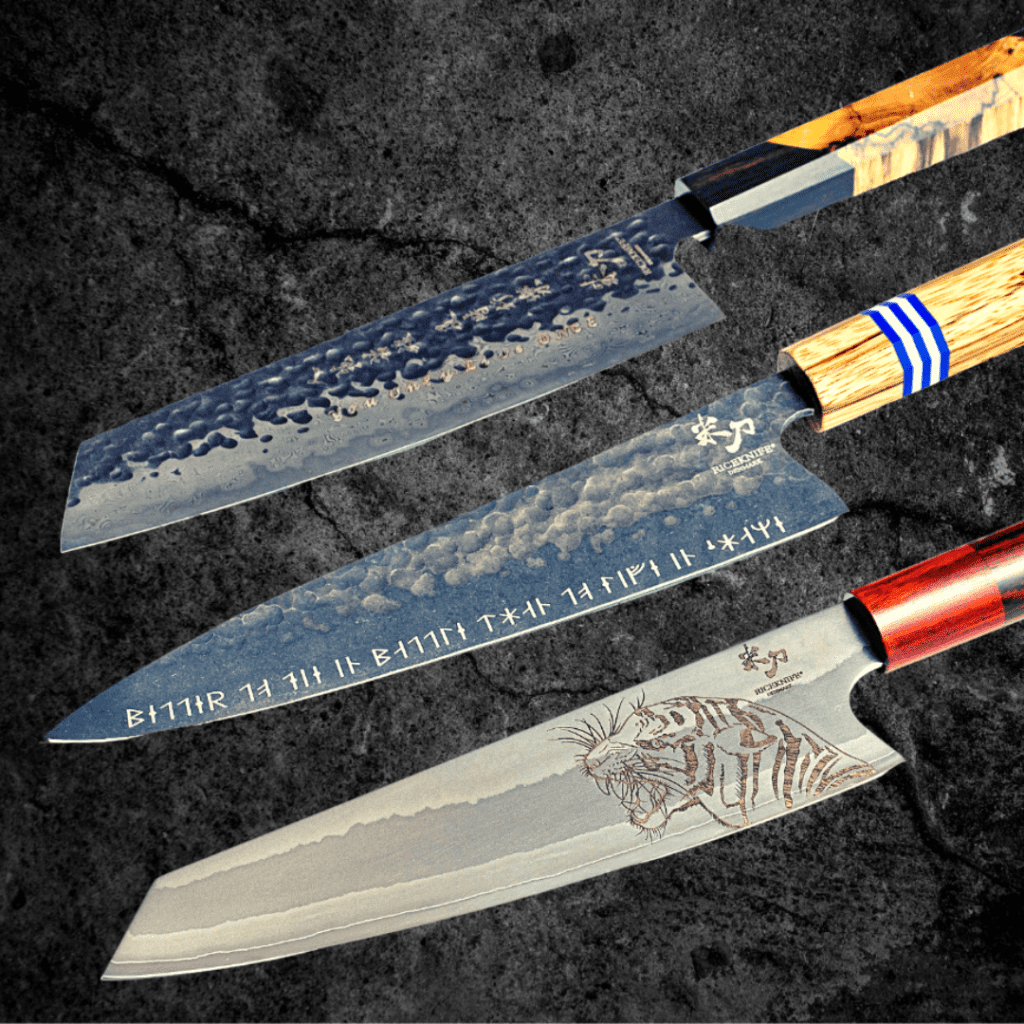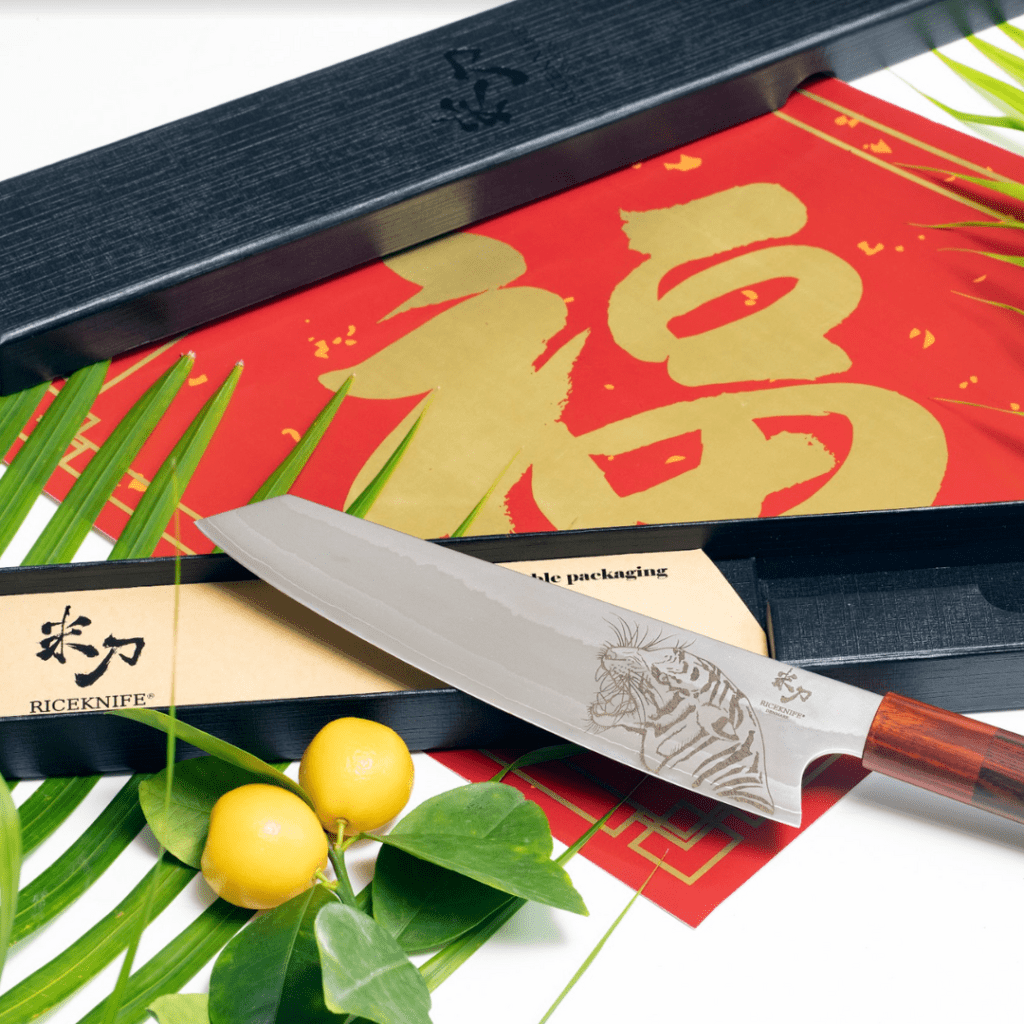When it comes to choosing a knife, there are a few key factors to consider. The first is the intended use of the knife. Are you looking for a knife to use in the kitchen, or for outdoor activities such as camping and hunting? This will determine the type of blade that is best suited for your needs.
For kitchen use, a chef’s knife is a versatile option that can be used for a variety of tasks, including chopping, slicing, and dicing. A paring knife is also a useful tool for more precise tasks, such as peeling and trimming.
For outdoor activities, a fixed blade knife such as a hunting or camping knife is a good choice. These knives are designed for heavy use and are often equipped with a full tang blade, which provides added strength and stability. A folding knife is also a good option for outdoor activities, as it can be easily carried in a pocket or pack.
Another important factor to consider is the quality of the knife. Look for knives made with high-quality materials, such as stainless steel or high-carbon steel for the blade, and durable handle materials such as wood, bone or synthetic materials.
It’s also important to consider the size of the knife. A larger knife may be more suitable for heavy-duty tasks, while a smaller knife may be more comfortable to use for extended periods of time.
Ultimately, the best knife for you will depend on your individual needs and preferences. It may be helpful to try out different knives in person before making a purchase, to get a sense of how they feel in your hand and how easy they are to use.
Lastly, the price is also a consideration, the rule of thumb is you get what you pay for, so if you’re going to be using the knife frequently, investing in a high-quality knife will be worth it in the long run.
Another important factor to consider when choosing a knife is the blade shape. Some of the most common blade shapes include:
- Straight blade: This is the most basic and versatile blade shape, and is commonly found on chef’s knives and paring knives.
- Drop point blade: This blade shape has a curved edge and a pointed tip, making it ideal for slicing and piercing tasks. It’s commonly found on hunting and camping knives.
- Clip point blade: This blade shape has a straight edge and a curved tip, making it great for precision tasks such as skinning and carving.
- Tanto blade: This blade shape has a straight edge and a pointed tip that’s reinforced to make it stronger and more durable. It’s commonly found on tactical knives.
It’s also worth mentioning that there are different types of blade finishes. A mirror finish is when the blade is polished to a high shine, which not only looks great but also makes it easy to clean. A satin finish is a more subdued finish and is achieved by sanding the blade, this finish is great for those who prefer a more natural look.
When choosing a knife, it’s also important to consider the type of handle it has. Some common handle materials include wood, bone, and synthetic materials. Each material has its own unique properties, so it’s important to choose a handle that feels comfortable in your hand and is easy to grip.
Lastly, it’s important to think about how you will be carrying and storing your knife. If you plan to carry it on your person, look for a knife with a sheath or a pocket clip. If you plan to store it in a kitchen drawer or in a camping gear, look for a knife with a protective sheath or a durable storage case.
In summary, when choosing a knife, consider the intended use, the quality of the materials, the size of the knife, and your budget. With these factors in mind, you’ll be sure to find a knife that is well-suited for your needs.
Overall, choosing a knife can be a daunting task, but by considering the intended use, blade shape, blade finish, handle material and storage, you will be able to find the perfect knife for your needs. Remember that the best knife is the one that feels comfortable in your hand and meets your specific needs.




